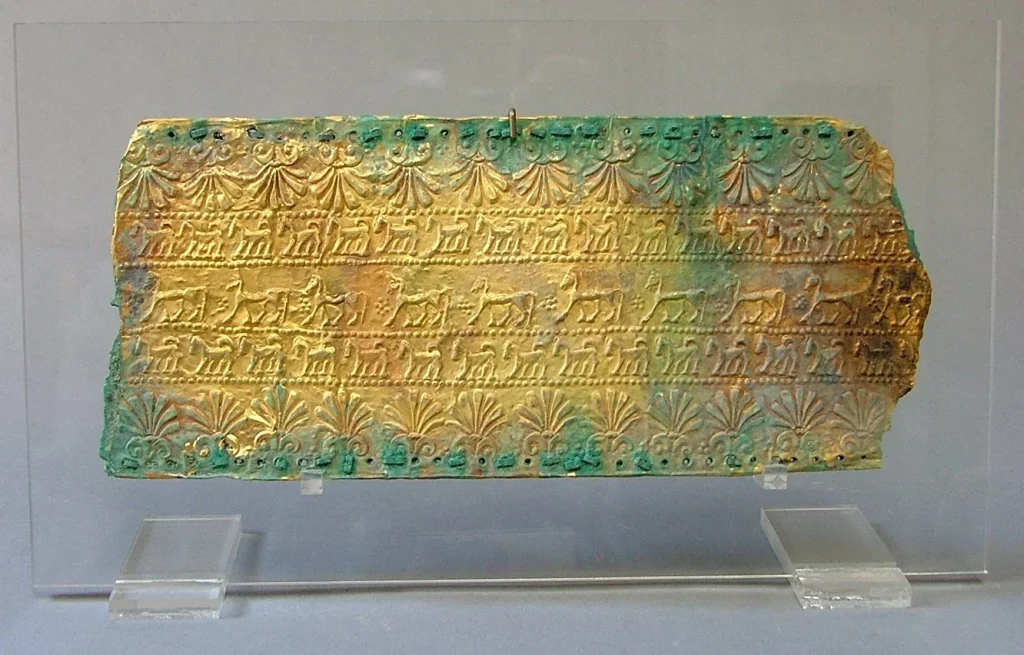Pratiksha Shome
Italy recently showed 750 artefacts that its Culture Ministry and heritage police agents had taken from the shut down business of convicted art dealer Robin Symes, believed to be worth $12.9 million.
Clay vases, garment components, precious metals and jewels, weapons, tools, furniture, sarcophagi, burial urns, intricate mosaics, painted decorations, and a range of statues made of bronze, marble, and limestone were among the artefacts, which date from the eighth century BCE to the Middle Ages.
According to a statement from the Ministry of Culture, the illicitly exported objects were derived from “clandestine excavations” and “offer a cross-section of the many productions of ancient Italy and the islands,” including “numerous and diversified archaeological contexts (funerary, cultural, residential, and public)… concentrated in particular in Etruria and Magna Graecia.”
The most priceless artefacts were a bronze tripod table, two parade horse headboards from the Appulo-Lucane region, two burial paintings, a number of Imperial-age marble heads, and a wall mural showing what appears to be a little temple that was probably taken from a Vesuvian home.
Through an investigation conducted in conjunction with the Italian Culture Ministry, the State Attorney General, and the Italian Embassy in London, the Carabinieri cultural heritage police were able to recover the items from the English company Robin Symes Ltd. The Symes-owned business reportedly resisted “repeated recovery attempts” by the Italian Judicial Authority and was also sued there by the State Attorney General. Gennaro Sangiuliano, the culture minister, and Vincenzo Molinese, the chief of the Carrabinieri, hosted a press conference at the National Museum of Castel Sant’Angelo in Rome on May 31 where the repatriated artefacts were unveiled.
Symes’ history of trafficking artefacts came to light last month when Greece, following a 17-year court struggle, recovered 351 artefacts from the art dealer’s insolvent company, and the Manhattan District Attorney’s office returned a piece to Iraq. In 2005, Symes was found guilty of contempt of court after lying about the ancient artefacts he had stored overseas. He was given a two-year term, yet he only spent seven months in jail.
Source: ARTnews





